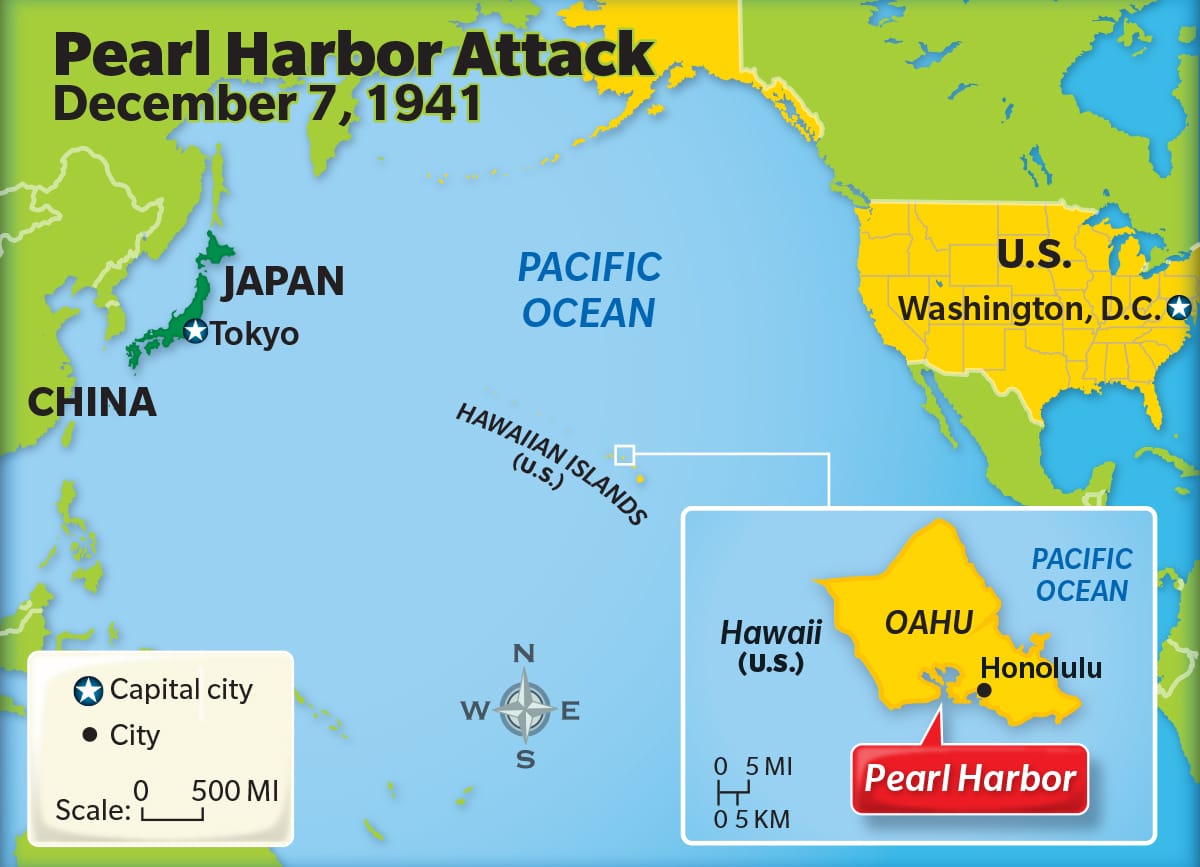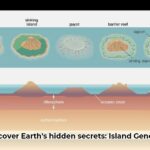Planning Your Pearl Harbor Visit: Maps Make It Easy
Heading to Pearl Harbor? That’s fantastic! It’s a place of immense historical importance, and having a good map can significantly enhance your experience. Think of it as your personal guide through time.
Luckily, there are various maps available to help you navigate this historic site:
Official National Park Service Maps
The National Park Service provides three key maps:
- Visitor Center Map: Like a map at the mall, it shows restrooms, food services, and other visitor amenities.
- Brochure Map: This provides a comprehensive overview of the entire memorial, highlighting major attractions and transportation routes.
- Outdoor Exhibit Map: This detailed map guides you through the outdoor exhibits, ensuring you don’t miss any points of interest.
Stepping Back in Time: Historical Maps
For a deeper dive into the past, explore these historical maps:
- December 7, 1941, Pearl Harbor Map: This map offers a chillingly accurate depiction of the harbor on that fateful day, showing the exact locations of ships during the attack.
- 1941 Pacific Ocean Map: This zoomed-out map provides crucial context, illustrating the strategic importance of Pearl Harbor within the broader Pacific theater of World War II.
Navigating the Digital Age: Online Maps
Technology provides valuable resources for exploring Pearl Harbor:
- Interactive Websites (e.g., Mapcarta): These maps allow you to click on points of interest for detailed information, making your exploration more engaging and informative.
- Google Earth: Get a bird’s-eye view of the entire area and even zoom in on 3D models of some of the ships.
Accessing Your Maps
Finding these maps is easy:
- Online: A quick search for “Pearl Harbor maps” yields numerous options.
- On-Site: Maps are readily available at the visitor center and most exhibits.
Maximizing Your Map: Tips and Tricks
Here’s how to use your map effectively:
- Plan Your Exploration: Familiarize yourself with the layout, must-see attractions, and transportation options to make the most of your time.
- Navigate with Confidence: Avoid getting turned around! Your map will keep you on track.
- Enhance Your Understanding: Historical maps, in particular, provide visual context, helping you grasp the historical significance of the site.
- Discover Hidden Gems: Use your map to unearth less-crowded areas and hidden points of interest that you might otherwise miss.
Where is Pearl Harbor Located?
Contrary to what some may believe, Pearl Harbor isn’t on the mainland United States. It’s located on the south shore of Oahu, Hawaii – the heart of the Pacific, approximately 7 miles west of bustling downtown Honolulu. But Pearl Harbor is more than just a harbor; it’s a natural deep-water lagoon, a characteristic that contributed to its strategic significance during World War II.
How Far is Pearl Harbor from the Rest of Hawaii?
It’s important to remember that Pearl Harbor is part of Hawaii, not a separate island. This misconception often arises. Nestled on Oahu, getting from downtown Honolulu to Pearl Harbor is a quick 10-mile hop, typically a 20-minute drive depending on traffic. Public transportation (TheBus) and guided tours offer convenient alternatives.
What is the Closest City to Pearl Harbor, Hawaii?
Honolulu, Hawaii’s capital, holds the title of the closest city to Pearl Harbor. A mere 9 miles separate the two, making Honolulu the ideal home base for exploring Pearl Harbor. A scenic 25-minute drive along the I-H-1 freeway will transport you from the heart of Honolulu to this historical landmark.
Exploring Beyond the Maps: Key Points for an Unforgettable Visit
- Official Maps: Utilize the National Park Service’s Visitor Center, Brochure, and Outdoor Exhibit maps for seamless navigation.
- Historical Maps: Delve deeper with maps depicting Pearl Harbor on December 7, 1941, and the Pacific Ocean during World War II.
- Online Resources: Leverage interactive websites (like Mapcarta) and Google Earth for enhanced exploration.
- Plan Ahead: Familiarize yourself with the site layout, must-see attractions, and transportation options.
- Respectful Conduct: Remember that you are visiting a site of profound historical significance; dress and behave respectfully.
Pearl Harbor stands as a poignant reminder of a pivotal moment in history. By utilizing the wealth of maps available and planning your visit thoughtfully, you can ensure a profoundly moving and educational experience.
- Red Cloud, NE: Discover Willa Cather’s Legacy - April 11, 2025
- Remember Old Social Media Sites? Their Rise and Fall - April 11, 2025
- How many days till Feb 3?Accurate Countdowns & Tools - April 11, 2025

















2 thoughts on “Navigate Pearl Harbor, Hawaii: Your Essential Map Guide”
Comments are closed.